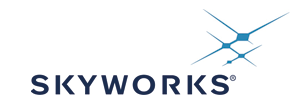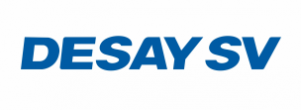The Digital Radio Mondiale (DRM) broadcasting system has been designed by broadcasters, for broadcasters, with the active assistance and participation of both transmitter and receiver manufacturers and other interested parties (such as regulatory bodies).
DRM is an open standard, meaning that its system description is openly published allowing all manufacturers and interested parties to have free access to the complete technical specifications and can design and manufacture equipment on an equitable basis. This has proved to be an important mechanism for ensuring the timely introduction of new systems to the market and for accelerating the rate at which equipment prices reduce. This is a significant consideration for broadcasters investing in DRM infrastructure, manufacturers investing in receiver development and production, and even more for the listeners who will need to invest in the new DRM-capable receivers.
DRM is the only global digital radio standard that embraces all the currently used radio frequency bands. It has been designed specifically as a high-quality digital replacement for former analogue radio broadcasting in the AM and FM/VHF bands; as such it can be operated with the same channelling and spectrum allocations as currently employed. An overview of the frequency-bands where DRM operates is shown in the Figure below:

For the physical transmission, the DRM standard describes several different operating modes (i.e. modulation parameter sets), which may be broadly split into two groups:
- For DRM transmissions below 30 MHz there are four different robustness modes which allow the DRM signal to be tailored for the AM broadcast bands with their very diverse propagation characteristics enabling regional up to international service coverage
- A dedicated robustness mode, which is centred above 30 MHz on the FM broadcast band and optimized for transmissions in the VHF bands, can be used for local to regional service coverage.
DRM has received the necessary recommendations from the ITU, hence providing the international regulatory support for transmissions to take place. The main DRM standard has been published by ETSI. In addition, ETSI publishes and is the repository of the entire range of current DRM technical standards.
The introduction of DRM services allows a broadcaster to provide listeners with significant improvements in service reliability, audio quality and, most importantly, usability. The standard provides many features and facilities that are impossible to replicate in analogue broadcasting. It is essential that prospective broadcasters understand the potential and flexibility of the system to allow them to optimise and configure their DRM networks in accordance with their own market conditions.
The key features of DRM and the package of benefits are described in detail in dedicated section of our website.
The DRM Consortium
The DRM Consortium (Digital Radio Mondiale) is an international not-for-profit organisation composed of broadcasters, network providers, transmitter and receiver manufacturers, universities, broadcasting unions and research Institutes. Its aim is to support and spread a digital broadcasting system suitable for use in all the frequency bands up to and including VHF Band III. There are currently some 100 members and supporters from countries around the world, active within the Consortium.
DRM was formed in Guangzhou, China in 1997, initially with the objective of “digitising” the AM broadcast bands up to 30MHz (long, medium and short-wave). The DRM System Specification for broadcasting below 30MHz (”DRM in AM”) was first published by ETSI in 2001. A few years later, the decision was taken to extend the use of the standard to the VHF bands (Band I, Band II and Band III).DRM in the bands above 30MHz ensures that the standard has the same multiplex and signalling scheme, the same OFDM design (with new parameters) and the same audio codecs.

















